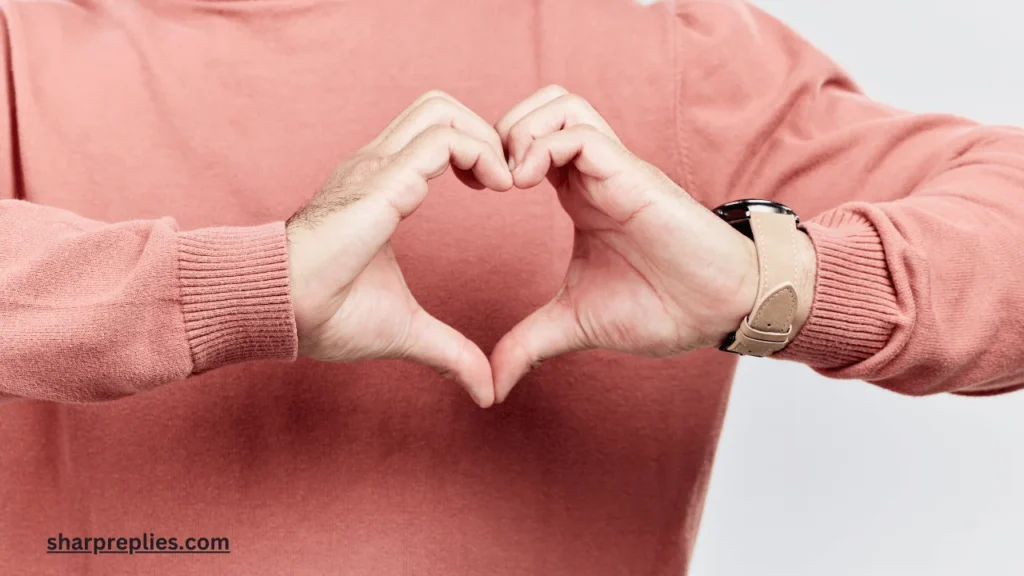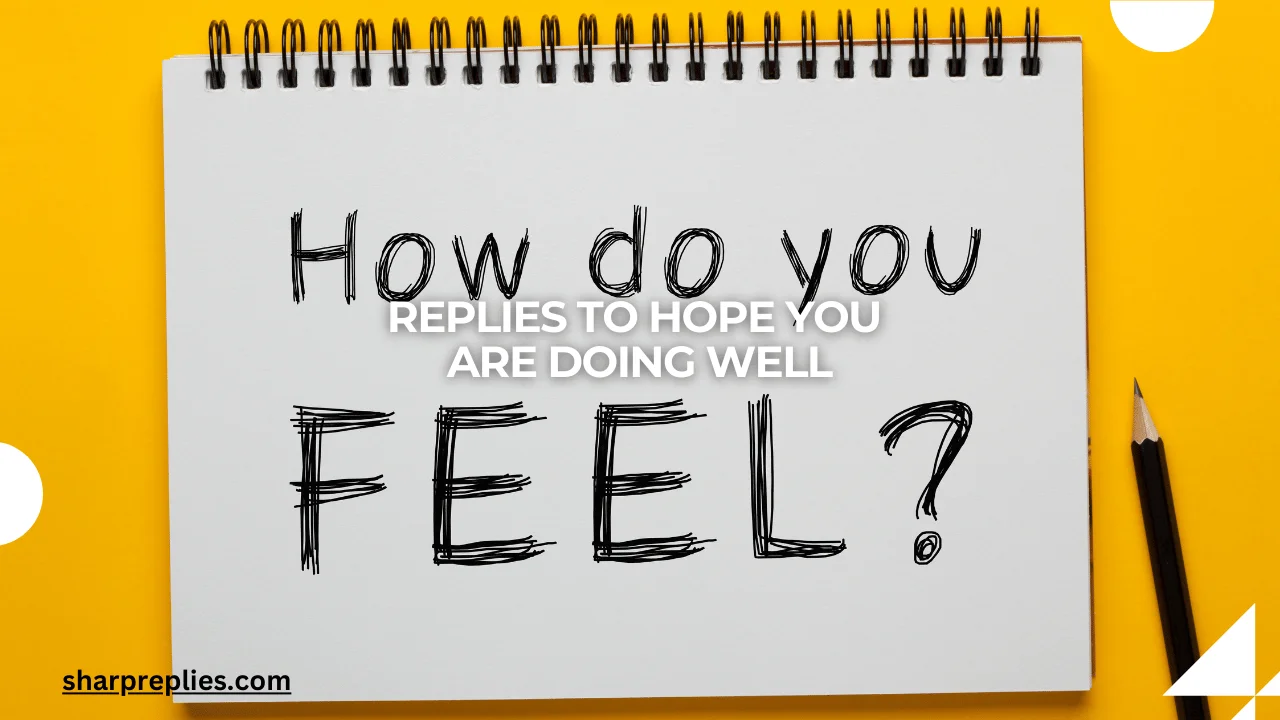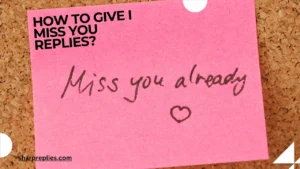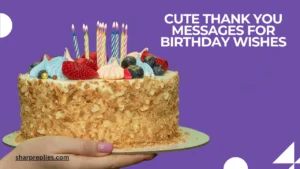“Hope you are doing well” – it’s a simple, often used phrase that carries a lot of meaning behind it.
Whether it’s a friend, colleague, or family member reaching out, this phrase expresses concern for your well-being and is an invitation to share how you’re truly feeling. But what happens after you receive such a message?
What should you reply to keep the conversation flowing and show genuine engagement?
Replies to “hope you are doing well” may seem like a minor interaction, but they can serve as powerful moments to reconnect and nurture relationships.
The way you respond can deepen connections, maintain warmth, or even revive dormant bonds. Crafting the perfect response is not just about being polite—it’s about maintaining meaningful communication that reflects your personality and situation.
In this article, we will explore the various ways to respond to this simple yet significant phrase, helping you navigate social interactions with ease and thoughtfulness.
Contents
- 1 Understanding the Importance of This Simple Phrase
- 2 The Basics of a Reply: Be Honest and Sincere
- 3 How to Respond Based on the Relationship
- 4 Adding Value to the Conversation
- 5 When to Use Humor and Lightheartedness
- 6 Conclusion
- 7 FAQ’s
- 7.0.1 What is the best way to reply when I’m feeling down?
- 7.0.2 Should I respond differently to a close friend versus a colleague?
- 7.0.3 How detailed should I get in my response?
- 7.0.4 Can humor be included in my reply?
- 7.0.5 What if I don’t want to share too much personal information?
- 7.0.6 How soon should I reply to this type of message?
Understanding the Importance of This Simple Phrase
“Hope you are doing well” is one of the most common yet heartfelt expressions in our daily interactions. It’s a phrase that shows care, whether it’s coming from a close friend or a professional contact. Responding to this message thoughtfully can strengthen your relationship with the sender.
While the sender expresses concern for your well-being, your response is an opportunity to convey your appreciation and reciprocate that care.
At its core, this phrase reflects empathy and the desire for the other person’s happiness. Ignoring or underplaying the sentiment can make the interaction feel distant or disconnected.
In contrast, a thoughtful reply builds on that positive energy, offering a glimpse into your life and inviting continued communication.
The Basics of a Reply: Be Honest and Sincere
When replying to “hope you are doing well,” honesty and sincerity should be your foundation. If you’re genuinely doing well, express that with enthusiasm.
You could say something like, “Thanks for checking in! I’m doing great, just keeping busy with work and enjoying some downtime.” This simple response acknowledges their message while adding a bit of personal detail.
If you’re not feeling your best, it’s still okay to reply honestly, though it’s important to choose your words carefully. For example, “Thanks for asking. It’s been a bit of a challenging week, but I’m managing and hopeful things will get better soon.”
This lets the other person know you appreciate their care, while subtly sharing what’s going on in your life without oversharing.
Ultimately, the key to a good reply is authenticity. Whether things are going great or not-so-great, a sincere answer will always make the interaction feel more personal and meaningful.
How to Respond Based on the Relationship
The nature of your relationship with the person sending the message should influence the tone and depth of your reply.
If you’re replying to a close friend, your response can be more casual and detailed. For example, “I’m doing well, thanks! Been keeping busy with a few fun projects lately—how about you?”
When responding to a professional acquaintance or colleague, your response may need to be slightly more formal or neutral. “Thank you for checking in! I’m doing well and keeping up with work.
Hope things are going great on your end too!” In this case, the focus should remain on mutual well-being while maintaining professionalism.
For a family member, you might share more personal details, such as, “I’m doing well, thanks! Been spending a lot of time with the kids lately. How’s everything on your side?” The response should feel warm and personal, showing a deeper level of connection.
Adding Value to the Conversation
While replying with “I’m doing well” is the standard response, adding something a little extra can make your reply more engaging.
This could be sharing something interesting happening in your life, such as a new hobby, a fun experience, or an upcoming event. For example, “I’m doing great, thanks! I’ve recently started taking cooking classes—learning a lot! How have you been?”
This approach helps the conversation flow naturally and keeps the connection vibrant. It invites the other person to share their experiences as well, turning a basic check-in into a deeper exchange.
It also shows that you value the relationship enough to keep the conversation interesting and give the other person something to respond to.
When to Use Humor and Lightheartedness

Humor can be a fantastic way to make your reply more engaging, but it must be used appropriately. If your relationship with the sender allows for a lighter tone, you can add humor to your response.
For example, “I’m doing well, but my dog thinks he’s the boss of the house—he’s been keeping me on my toes!” or “I’m doing great, although I’m still waiting for the coffee to kick in this morning!”
Humor can show that you’re in a good mood and open to sharing lighter moments. However, it’s important to gauge the person’s style of communication—don’t force humor if the situation is more serious or the sender tends to be more formal.
Conclusion
Replies to “hope you are doing well” may seem like small interactions, but they hold great significance in maintaining relationships.
Your response can convey gratitude, deepen your connection, and even open the door for more meaningful conversations. Whether you’re being honest about how you’re feeling, offering a lighthearted joke, or providing a more personal update, a thoughtful reply shows you care.
Next time someone reaches out to check in, take the opportunity to craft a reply that feels true to who you are, nurturing the bond between you and your contact.
A few well-chosen words can make all the difference in making someone feel seen, heard, and appreciated.
FAQ’s
What is the best way to reply when I’m feeling down?
It’s important to be honest but balanced. You can say something like, “Thanks for asking. I’ve been having a tough time, but I’m managing and hopeful for better days.”
Should I respond differently to a close friend versus a colleague?
Yes. To a close friend, you can be more casual and personal, whereas with a colleague, keep it more professional and neutral.
How detailed should I get in my response?
Keep it balanced. Share some details if you feel comfortable, but don’t over-explain unless the relationship calls for it.
Can humor be included in my reply?
Absolutely, but only if your relationship allows for it. A lighthearted response can make the conversation more fun, as long as it’s appropriate for the context.
It’s perfectly fine! You can keep your response short and neutral, like “I’m doing well, thank you for asking. Hope all is well with you too!”
How soon should I reply to this type of message?
Aim to reply within a reasonable time, ideally within a few hours or a day. This shows that you appreciate the gesture and are engaged in the conversation.








